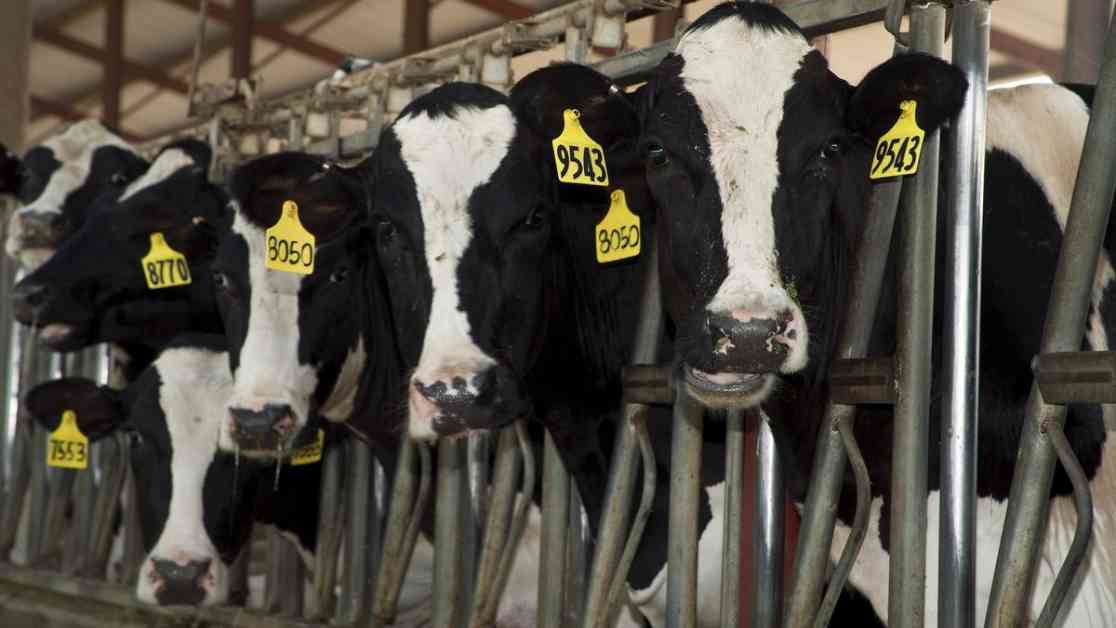A new strain of avian influenza, known as the D1.1 genotype of H5N1 bird flu, has recently been discovered in dairy cows in the United States. This revelation comes from the U.S. Department of Agriculture’s Animal and Plant Health Inspection Service (APHIS), shedding light on a concerning development in the ongoing battle against infectious diseases.
The H5N1 subtype of bird flu has been circulating within U.S. dairy cow populations since 2024, with the initial cases surfacing in March of the previous year. As of now, close to 960 herds across the country have been impacted by this particular strain, as per the latest data available on the Centers for Disease Control and Prevention (CDC) website.
The intricate family tree of the H5N1 virus has led to the infection of American cattle by a specific branch, the B3.13 genotype of clade 2.3.4.4b. At the same time, another genotype, the D1.1 genotype, has been spreading among wild birds and poultry in the U.S. and Canada, causing concerns about its potential impact on human health.
The D1.1 genotype has already been responsible for infecting individuals, including poultry workers in Washington state and a teenager in British Columbia. Tragically, a person in Louisiana succumbed to a severe case of the virus, highlighting the gravity of the situation. Now, in a significant development, this genotype has been identified in dairy cows in Nevada, marking the first detection of its presence in this livestock population.
In response to this alarming discovery, APHIS has issued a statement emphasizing the widespread prevalence of the D1.1 genotype in North American flyways during the recent fall and winter seasons. This strain has been found in various wildlife species, as well as domestic poultry, underscoring the urgent need for containment measures to prevent further spread.
The confirmation of the D1.1 genotype in dairy cattle in Nevada was the result of meticulous state tracing and investigation, following an initial detection during silo testing under the USDA’s National Milk Testing Strategy (NMTS). This strategy involves testing raw milk samples from dairy farms to monitor the transmission of bird flu, leveraging pasteurization as a protective measure against the virus.
With 36 states already enrolled in the testing program, covering a significant portion of the nation’s commercial milk supply, the USDA is actively collaborating with the Nevada Department of Agriculture to conduct thorough assessments on the affected farm. These efforts aim to contain the spread of the virus and safeguard both livestock and public health.
Commenting on this concerning development, Michael Osterholm, an epidemiologist at the University of Minnesota and director of the Center for Infectious Disease Research and Policy (CIDRAP), highlighted the heightened risk of spillover events as a result of increased activity among waterfowl across the U.S. He stressed the importance of vigilance and proactive measures in combating the persistent threat posed by the virus.
As experts and authorities work tirelessly to address the emergence of the D1.1 genotype in American cattle, the need for heightened surveillance and swift action remains paramount in safeguarding both animal and human populations from the potentially devastating consequences of avian influenza.










